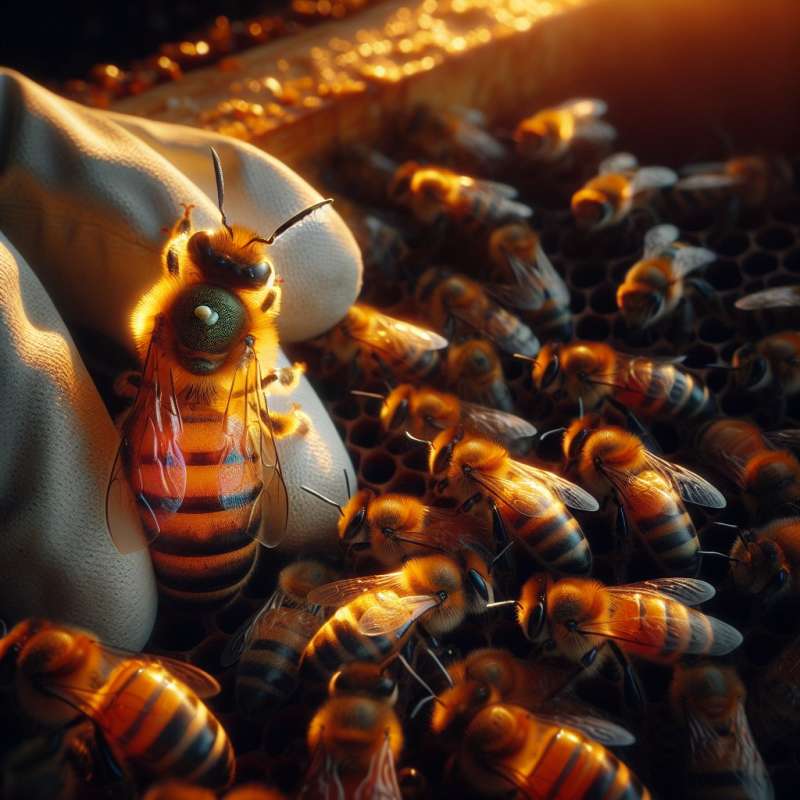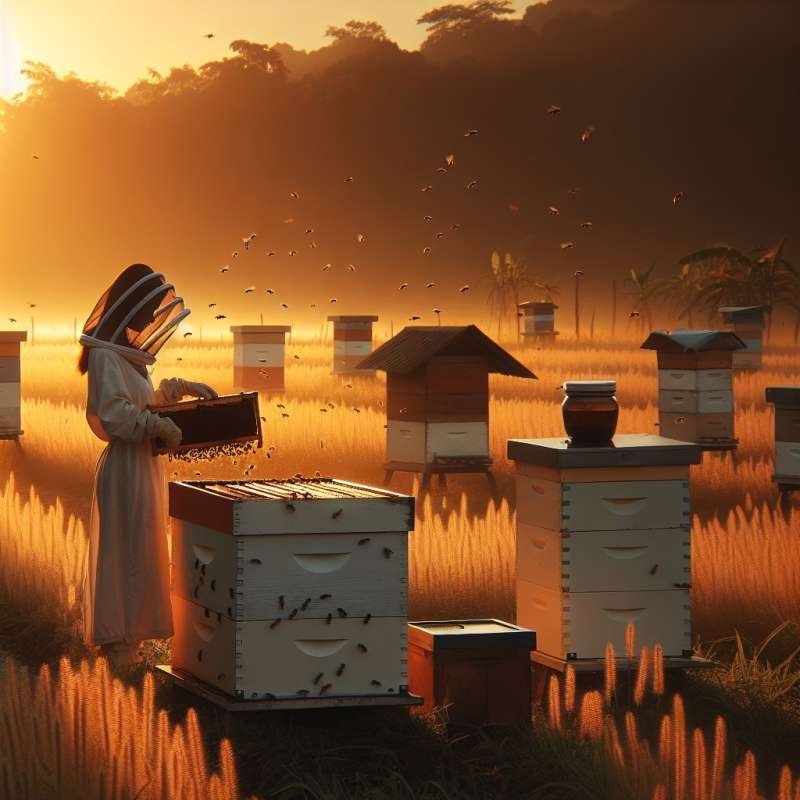
Beekeeping: An Overview
Beekeeping, or apiculture, is the maintenance of bee colonies, typically in hives. It's an ancient practice that dates back millennia, essential for pollination and biodiversity, and has seen technological advances in recent years.
Understanding Bee Communication
Bees communicate through 'dances' and pheromones. The waggle dance, for example, informs hive mates about the direction and distance of food sources, playing a critical role in the survival of the colony.
The Queen Bee's Role
The queen bee is the only fertile female in the hive and can lay up to 2,000 eggs per day. Her health is vital, dictating the hive's productivity and longevity. Beekeepers often monitor queens closely.
Hive Types and Uses
Various hive types exist, such as Langstroth, Top-bar, and Warré. Each has unique benefits and is used based on beekeeper preference, local climate, and beekeeping practices.
Pests and Hive Diseases
Bee colonies face threats from pests like Varroa mites and diseases such as American Foulbrood. Beekeepers must manage these through vigilant monitoring and treatments to maintain healthy hives.
Bee Products Beyond Honey
While honey is well-known, bees also produce beeswax, royal jelly, and propolis, each with unique applications in food, cosmetics, and medicine. Beekeeping supports the harvest of these diverse and valuable products.
Conservation and Urban Bees
Urban beekeeping is rising, aiding in conservation efforts and pollination in cities. Rooftop and balcony hives are becoming popular, challenging the perception that beekeeping is solely a rural practice.
What is apiculture?
Study of apple cultivation
Maintenance of bee colonies
Agricultural crop rotation
Company